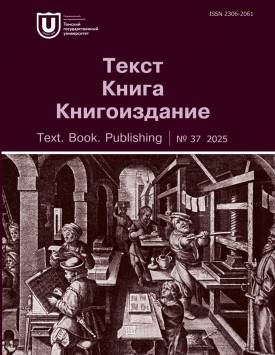In sunlight or in shadow: Shadow stories in "The Killers" by Ernest Hemingway
"Shadow stories", as described by cognitive narratologist H. Porter Abbott, are events in a narrative that are not explicitly represented in the story but are nonetheless necessary for understanding it. These events differ from other forms of narrative gapping, such as "the nonnarrated", which refer to events that actually occurred in the storyworld (in W. Schmid's terms), and "embedded narratives", which indicate possible events (according to M.-L. Ryan). "Shadow stories", according to Abbott, include hidden events whose status is not clearly defined, leaving the reader uncertain as to whether they occurred or not. This creates a sense of uncertainty in the narrative, while also engaging the reader in a process of "bargaining", as described by W. Flesch. The role of "shadow stories" in shaping the reader's emotional experience is left aside in Abbott's conception. Therefore, in the article, "shadow stories", in addition to their already highlighted functions, are examined in their capacity to shape the reader's narrative emotions. Among these, M. Sternberg has identified suspense, curiosity, and surprise. In "The Killers" by E. Hemingway, the reader is presented with several "shadow stories": two diegetic stories (the story of Nick Adams and the story of Ole Anderson) and one extradiegetic story (E. Hopper's Nighthawks inspired by "The Killers"). The first "shadow story" arises in the narrative due to the limited knowledge of the narrator and the protagonist; it becomes apparent retrospectively: at a point when the protagonist moves from inactivity to action, drawing the reader's attention to his own experiences, which were previously hidden. In this instance, the "shadow story" controls the reader's "curiosity" (as an emotional response that requires them to "reconsider" what they have already learned). The second "shadow story" enables the reader to divide the storyworld into two: what is visible to them, and what is only present invisibly. Readers find themselves in a "double perspective": they follow events taking place in "reality", but cannot distract themselves from what has not yet occurred, but is only possible. This function of the "shadow story", therefore, involves suspense as an emotional component of the reader's experience of multiple futures. Finally, the third "shadow story", going beyond the fictional world of the narrative, allows for the literalization (through visual representation in the image) of the metaphors of "shadow", "light", "figure" and "background" involved in the narrative. This again engages the reader in a "process of constant choice": immersing them in the experience of sustained anticipation, without disclosing to them what occurred "before" (the moment depicted in the image) or what will occur "after". The author declares no conflicts of interests.
Keywords
shadow stories, narrative gapping, embedded narratives, nonnarrated, narrative emotions, suspense, curiosityAuthors
| Name | Organization | |
| Shulyatyeva Dina V. | HSE University | dsh64@yandex.ru |
References

In sunlight or in shadow: Shadow stories in "The Killers" by Ernest Hemingway | Tekst. Kniga. Knigoizdanie - Text. Book. Publishing. 2025. № 37. DOI: 10.17223/23062061/37/6
